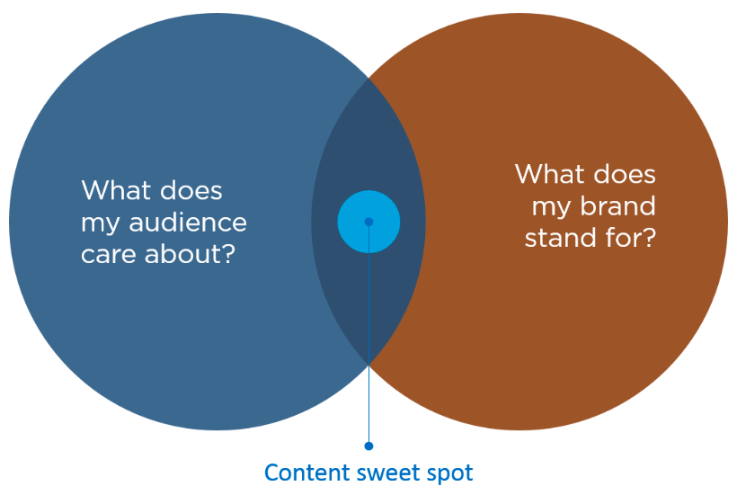
By Will Ryan

So you’ve identified the roles that your business will need you to fill in the future, and you’ve got buy-in from your hiring managers about what good looks like for each of those roles. Now it’s time to put into practice the strategies you’ll need to find these people, or better yet, have them find you. And once you’ve connected with them, keeping the relationship warm until it’s time to close.
And even though standard sourcing skills will never be out of place within a pipeline building strategy. (And if you’d like to sharpen your sourcing skills, we’ve got 35 hours of the best sourcing content in our content library). But more important than being able to find the candidates, is having the employer brand to pique their interest. According to a recent poll by Glassdoor – 84% of candidates would leave their current position for a company with a great employer brand. And while there’s a lot that goes into creating a top-class employer brand (which we go into detail on in our mission on employer branding), there’s also a couple of basic employer branding skills that you can employ in your talent pipelining efforts to great effect.
1. Develop a Target Candidate Persona
A target candidate persona is basically a semi-fictional representation of your ideal candidate for a role, represented as an actual person. It doesn’t just take into account their professional skills and experience, but it takes into account the entire spectrum of their likes, dislikes, want, needs, and motivations. Building a Target Candidate Persona requires quite a lot of research and quite a bit of work, of which we go into detail on in our mission on employer branding. But once you’ve finished, you’ll know what values your ideal candidates will want in an employer, what kind of challenges they’ll seek, what kind of hobbies and interests they have, and most importantly – you’ll know what will motivate them to change jobs.
2. Define your Employee Value Proposition
Your employee value proposition (EVP) is the answer to the question “why should I work for you?”. Finding the answer to this question can be a hard task, as you may uncover some unwanted truths about your organisation as an employer. But in the long run, finding those unwanted truths can be just as valuable as the positive aspects you may find as they can provide direction for future improvements.
There are many places where you can find out the truth about your organisation as an employer. Exit interviews, Glassdoor reviews and anonymous employee surveys are fantastic resources that can help you can find out the good, the bad, and the ugly of what it’s really like to work at your company. Creating an EVP involves compiling all that’s good about working for your company and finding the common thread, then summing it up into an impactful and easy to remember statement. Here are a few examples of the EVP’s of well some known companies.
“Do cool things that matter” – Google
“We work hard, throw Nerf darts even harder, and have a whole lot of fun” – Yelp
“We’re building a company people love. A company that will stand the test of time, so we invest in our people and optimize for your long-term happiness” – Hubspot
“At Goldman Sachs, you will make an impact” – Goldman Sachs

FREE Guide
A Hiring Managers guide to creating an open-minded culture
3. Create a Content Strategy
Your employer branding content is every tweet, image, blog post or message from your company that your potential candidates are exposed to. Your content strategy is your reasoning for choosing the tweets, images blog posts and messages that you put out.
“If it’s for everybody, it’s for nobody”
The above quote from Joe Pulliuzi – founder of the Content Marketing Institute perfectly sums up the most important thing for a successful content strategy. It needs to be tailored to your specific audience. In your case, this means your target candidate persona.
The content you create should lie within the intersection between what you, as a potential employer, want to say and what your target candidates want to hear. For example – you may find that your target candidates have interests such as a certain sport, or cooking.
But these interests are irrelevant to the reality of your company as an employer. Similarly, the reality of your company as an employer may include some mundane but unavoidable experiences like filling out timesheets, or filing expenses. But although they are real parts of working at your company, they are irrelevant to the wants of your target candidates so are unlikely to make good fodder for your content strategy. So instead, focus your content on the things that your target candidates want, that you can also provide. Such as local charitable initiatives, or free lunch once a week.

Source: Employer Brand
Once you’ve identified what lies in the “Content sweet spot” as illustrated above. Then you’ll be ready to start creating top quality content that will resonate with all of your target candidates out there.
In the next part of this series, we’re going to look at the techniques you can use to close the candidates in your pipeline once the time comes for you to start filling positions.
4. Connect Offline
With the ease that we can reach, connect to and stay connected to prospects via online platforms these days, it’s easy to forget that good old fashioned person-to-person connection carries a weight that online connection cannot match.
This can take many forms, such as simply meeting for coffee, arranging to meet at a conference or event, or even hosting your own event, like a meetup and inviting your pipelined prospects along.
The real benefit of connecting in person is that it allows for faster-paced communication in which you can develop a genuine connection with your pipelined candidates. You can easily find those “uncommon commonalities” that relationships are built on, and your energy and personality can be used to greater effect.
And while the initial search and connection is most conveniently done online. Ensuring that this is followed by some kind of offline connection whenever possible is a great way to strengthen those connections. So when the time comes to pick up the phone, your candidates have a face, and a real-life connection to match to the name.
To learn more about developing a future-proof strategic hiring plan check out our Recruiter Academy A full library of videos that can help your team transform their hiring process

SocialTalent Recruiter Academy


